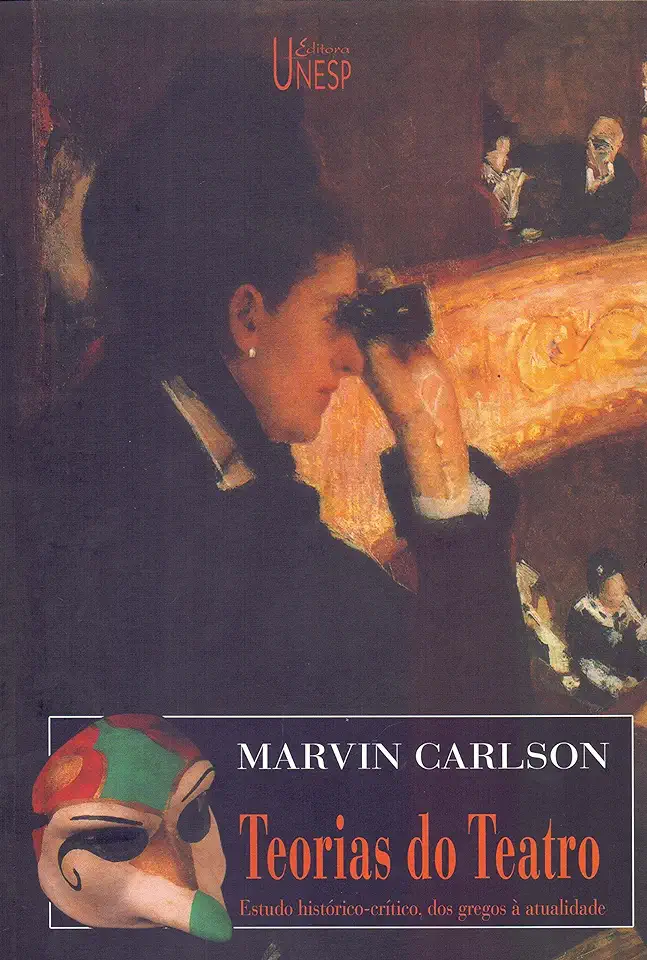
Theories of the Theatre - Marvin Carlson
Theories of the Theatre: A Comprehensive Introduction
Introduction
In his seminal work, "Theories of the Theatre," Marvin Carlson provides a comprehensive and engaging exploration of the major theories that have shaped the field of theatre. From ancient Greece to the present day, Carlson examines the ideas and practices that have influenced how we think about and experience theatre. This book is an essential resource for anyone interested in the history and theory of theatre, and it is sure to inspire new ways of thinking about this dynamic art form.
Ancient Greece: The Birth of Theatre
The origins of theatre can be traced back to ancient Greece, where the first theatrical performances were held in honor of the god Dionysus. These early performances were often religious in nature, and they featured masked actors who performed in a circular playing space called the orchestra. Over time, Greek theatre evolved to include a wider range of subjects, including comedies, tragedies, and satires.
The Middle Ages: Theatre in the Church
During the Middle Ages, theatre was primarily associated with the church. Religious plays, known as mystery plays, were performed in churches and public squares to teach the Bible to the illiterate masses. These plays were often elaborate and featured colorful costumes, music, and dance.
The Renaissance: The Revival of Classical Theatre
The Renaissance saw a renewed interest in classical Greek and Roman theatre. Scholars and artists began to study the works of ancient playwrights, and they sought to revive the theatrical traditions of the past. This led to the development of new forms of theatre, such as the commedia dell'arte, which featured masked actors who improvised their performances.
The Enlightenment: The Rise of Realism
The Enlightenment brought about a new emphasis on realism in theatre. Playwrights began to write plays that reflected the social and political issues of their time. These plays often featured ordinary people in everyday situations, and they sought to provoke thought and discussion.
The 19th Century: Romanticism and Naturalism
The 19th century saw the rise of Romanticism and Naturalism in theatre. Romantic plays emphasized emotion and imagination, while naturalistic plays focused on the accurate representation of everyday life. These two movements had a profound impact on theatre, and they helped to shape the way we think about theatre today.
The 20th Century: Modernism and Postmodernism
The 20th century was a time of great experimentation in theatre. Modernist playwrights rejected traditional forms of theatre and sought to create new ways of expressing themselves. Postmodernist playwrights took this experimentation even further, and they challenged the very notion of what theatre is.
Conclusion
"Theories of the Theatre" is a comprehensive and engaging exploration of the major theories that have shaped the field of theatre. From ancient Greece to the present day, Carlson examines the ideas and practices that have influenced how we think about and experience theatre. This book is an essential resource for anyone interested in the history and theory of theatre, and it is sure to inspire new ways of thinking about this dynamic art form.